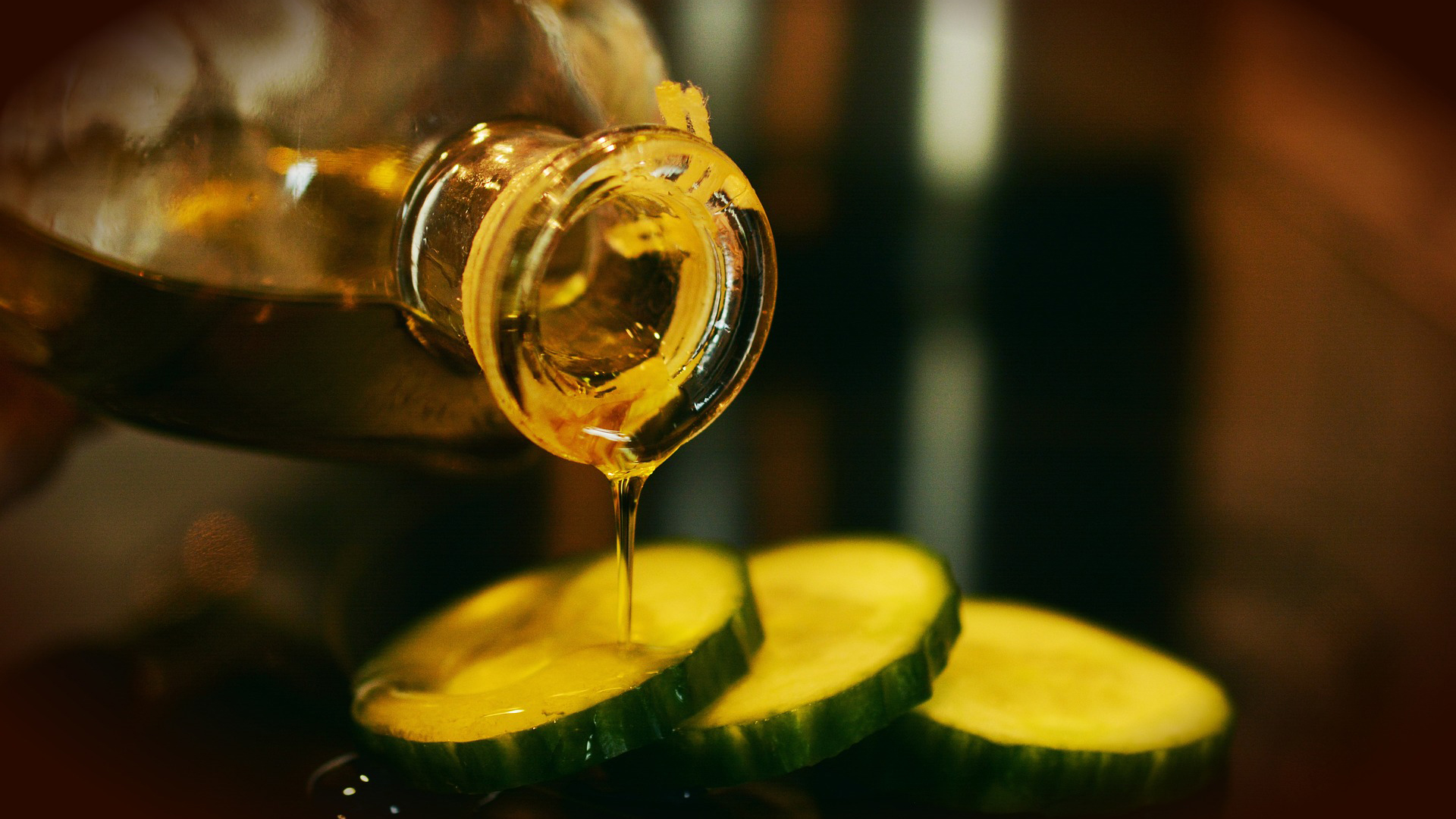Not all olive oil is created equally. Even genuinely pure olive oil has different qualities and flavors. More recently, consumers have had to worry about oil scams. Counterfeiting olive oil is big business. Italy imports oil from Spain, Greece, and other producers to package the oil – and earn the valuable "bottled in Italy" label – in a perfectly legal process. But, despite this highly regulated industry, low-quality oils can enter the supply. Lower-quality oils like Canola can be made to look, feel, and even smell like genuine extra virgin olive oil. Here are some easy tricks to keep in mind when looking for olive oils.
Buy Smaller Brands
Olive oil is tightly controlled in Italy with regular inspections of imported oil and oil produced in Italy. All of it can be labeled as Italian as long as it has been bottled in the country. Inspectors tend to spend more time investigating smaller firms, according to the oil producers themselves. Larger oil bottling companies somehow have avoided catching the ire of inspectors despite the huge volumes – but that doesn't mean the oil is necessarily pure. Private investigations through the years have found inconsistencies in oil from larger brands. Smaller companies, with regular inspections, are more likely to have the genuine product.
Avoid Oils Without a Specific Point of Production
According to Tom Mueller in his book Extra Virginity: The Sublime Scandalous World of Olive Oil, bottle labels that specify where the oil was produced with a specific oil mill are more likely to be genuine. Oils with an organic label, according to EU rules, must also specify the location of production.
Confirm the Oil Mill Exists
Even when Italian oil is labeled, it can be fraudulent. Detected fraud has included labeling bottles with producers that don't exist as well as addresses in towns and cities that don't exist. While some small producers may not have a presence on the web, listing a fake town should be a red flag.
Darker Bottles Ignore Oil Color
Sunlight will cause olive oil to degrade in quality. Darker bottles help protect the oil. However, ignore the color of the oil as it can vary greatly for many different legitimate reasons. Plus, faking the color of oil with chlorophyll is easily accomplished. Testing for these additives is one way Italian inspectors determine whether oil is counterfeit.
Fresh Oil Is Always Better
Olive oil will eventually begin to turn rancid so fresh oil is best. The oils you want will have harvest dates right on the package, and buying oil from the most recent harvest will ensure the best taste. In the absence of a harvest date, pay attention to the best by or use by date. These dates are imperfect though since oil may have been stored in bulk before it was bottled which is when the date was added. Cheaper oils will typically be blends made up of multiple harvest years, reducing freshness and longevity even more.
Cheap Oil Is No Deal
Olive oil is expensive, and extra virgin olive oil even more so. If oil prices are too good to be true, it's probably an imposter. Italian authorities have been tipped off to oil scams in the past when agents come across abnormally cheap oil.
Certifications Are Useful, But Not For Freshness
Some Italian olive oils will be labeled with POD, Protected Designation of Origin, or PDI, Protected Geographical Indication. These terms are defined and overseen by the European Union to protect locally produced agricultural products. Italy has 49 olive oils that qualify for one of these labels (Spain and Greece are second and third with about 30 each). The designations are focused on traditionally grown products, rather than freshness. Organic labels can help as well, although the standards between USDA and EU organic are different. Organic labels under EU law must include the farm's location.
Import It Yourself
Tourists returning from Italy can bring home olive oil they have purchased while on vacation. Olive oil is considered "generally admissible" by the U.S. Customs and Border Protection agency. The same tips apply when buying oil locally. Look for fresh oil with a clear harvest date in dark bottles. Of course, if you are at the farm producing the oil, taste it first. Fresh oil should be pungent and perhaps even spicy. Just make sure the bottle is well sealed before sticking it into your checked bag. The American TSA ban on liquid, no matter how silly, will still apply to bottles of olive oil in carry-on luggage.
Ian MacAllen
Ian MacAllen is America Domani's Senior Correspondent and the author of Red Sauce: How Italian Food Became American. He is a writer, editor, and graphic designer living in Brooklyn. Connect with him at IanMacAllen.com or on Twitter @IanMacAllen.

